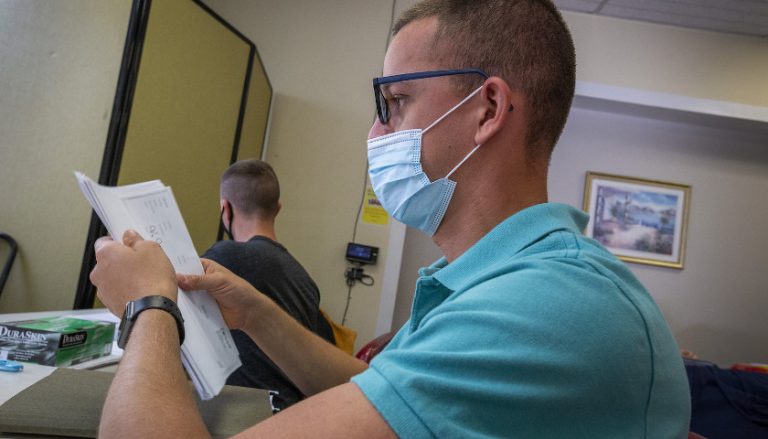“Although it had been a feature of elections in some parts of the United States for years, the phenomenon of mail-ballot voting exploded in the 2020 election. In the midst of the COVID pandemic, jurisdictions around the country expanded use of mail voting, sometimes sending ballots to every registered voter. Steps were taken to facilitate ease of mail voting, such as establishing drop boxes for returned ballots, relaxing rules regarding signature verification, and easing restrictions on “ballot harvesting,” the practice whereby paid political activists collect a large number of completed ballots and return them for counting. As a result, by some estimates, the proportion of ballots cast by mail nearly doubled from 2016 to 2020.
There is, of course, an ongoing debate over whether the turn to mail-ballot voting was necessary, given the pandemic circumstances, or a partisan maneuver to advance the prospects of Democrats, who seemed to reap most of the benefits electorally. Whether or not it was necessary, the development clearly contributed in two important ways to undermining confidence in the results – and is likely to continue doing so unless legislators and election officials take corrective measures.
First, mail-ballot voting is intrinsically less secure than in-person voting. Things might go awry at multiple points. The ballot might never be delivered, or it might be delivered to the wrong address, or to the right address but wrong person. Even if delivered into the right hands, it might ultimately be filled out by someone else or by the intended recipient under pressure; under these conditions, there is no guarantee that the secret ballot is preserved, a problem exacerbated by the activity of ballot harvesters. Once the ballot is completed, it can get lost in the mail, removed from a drop box, or otherwise compromised.”
Read the full article here at Georgia Star News


